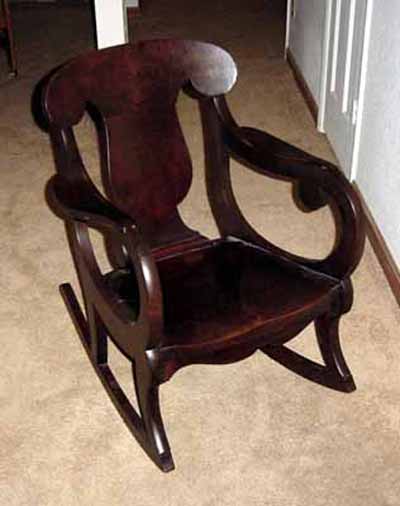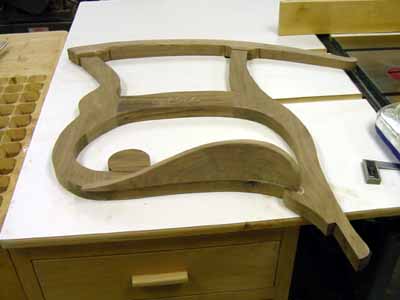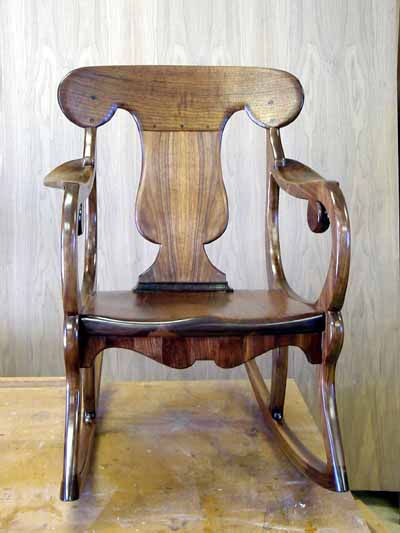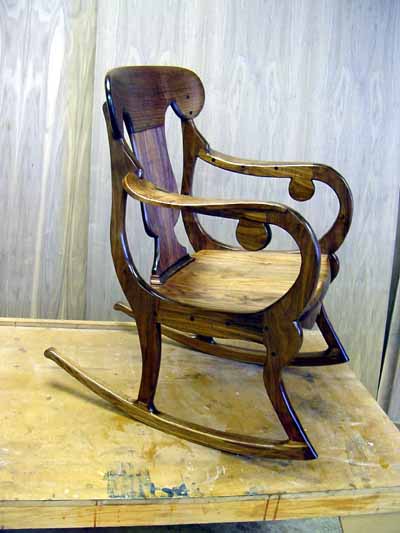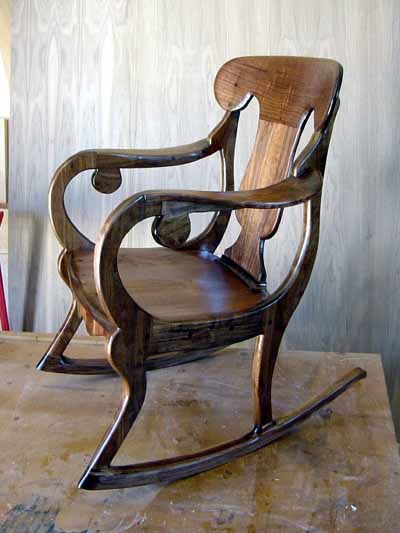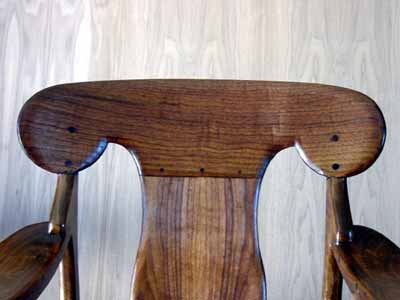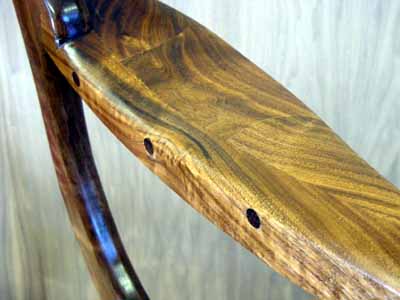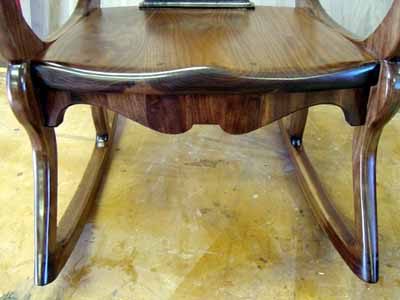That is such good advice I am going to print
it out and post it on my wall to remember.
The belief that every project and every
part being produced has to be perfect can be
really limiting and even with something simple
like the Adirondack chair I just built, I know
the next one I build is going to be better
because I can picture the steps of making
the chair in my mind and can remember some
things that happened the first time around
that I would do differently.
The ironic thing is that part of the thrill
for me of doing woodworking is not knowing
how something is going to turn out because
it is the first time building it.
The second time it becomes more like just
straight work. The first time through,
I work in quiet without distractions and have
a sort of butterfly feeling in my gutt like
"did I cut that right?" but the second time
around I've got the radio on and I'm doing
multiples and batching parts through phases
like bandsawing, routing, and finishing.
Its just wood.
If a mistake happens, buy more.
Paul
To this end... it is good/wise/smart
to keep some notes of your project, especially
when beginning in woodworking.
I do this because sometimes I go for several
weeks without getting time in and I anticipate
that years down the road I may want to 'recreate'
and old project.
Having some notes written down - especially
concerning mistakes/difficulties/design issues -
for later perusal is good.
Hard to remember everything forever.
Tim
Lyn, We're on the same page; I'm not into
this to make assembly line things.
To the point Tim made, I do the same sort of
debriefing of details as I build anything out
of wood. The reason I write articles
and post them with pictures on my website is
to remember how I went about building a
project and so that I can look in hindsight
at difficulties or things I would approach
differently if I were to be faced with similar
work.
Paul
|
Paul, the woodwork is in the details.
Yes, you can build multiples of chairs or cases
like kitchen cabinets and lots of doors and
drawers... that is one type of repetitive
woodwork. I have wasted too much of my
life doing things like that but at the time it
was a living.
When I build the next rocker like this one, I will
fair out a couple curves that are a 1/16" too sharp,
make the arm rests out of one piece rather than
glue two together, sculpt out the connection between
the top back and the vertical sides, keep closer
tabs on the back grain.
This one is not gross but could be better.
These are details that refine the work, not
manufacturing more of the same.
I have mentioned "Build Another" as advice in
several threads to a lot of people.
I don't mean literally build another, I meant
build another better in the detail, grain match,
etc.
I find that about the third one,
call them prototypes, and it is
about a good as I can make it.
I leave it there unless someone really really
$$$ wants one.
Cheers,
Lyn Disbrow (Woodworker)
|
